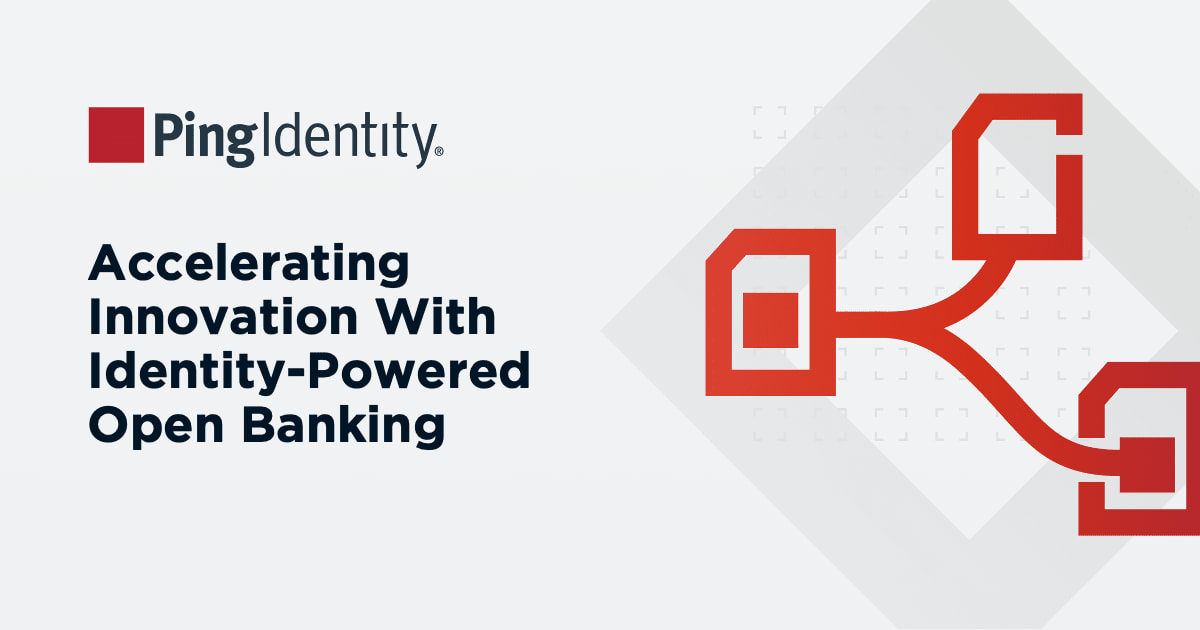The rise of hybrid shopping isn’t theoretical—it’s driven by real, in-demand trends that blend physical and digital convenience. Below are four major trends that show how hybrid commerce is playing out in the real world—and what it means for businesses.
BOPIS (Buy Online, Pick Up In Store)
Buy Online, Pick Up In Store (BOPIS) has gone from a pandemic-era workaround to a long-term retail strategy. It allows customers to browse and purchase products online, then retrieve them at a nearby physical location—often within hours, and this way of shopping is here to stay – more than one third of consumers surveyed in 2024 stated they had used BOPIS in the last six months3.
This model offers two key benefits: speed and control. Shoppers can avoid shipping delays and ensure product availability before committing. For retailers, BOPIS reduces fulfillment costs and drives in-store foot traffic, creating upsell opportunities during pickup.
But executing BOPIS well requires synchronized inventory systems, location-based services, and authenticated customer identity at the point of pickup—all of which depend on tight integration between digital and physical systems.
Curbside Pickup
Curbside pickup takes BOPIS a step further by eliminating the need for customers to enter the store at all. Through mobile apps or web portals, shoppers place orders, receive notifications, and pick up goods—all without leaving their vehicles. In 2024, over 30% of customers shopped this way4.
This experience is defined by low friction and high expectations. Customers want precision timing, real-time updates, and verification without delays or errors. That means businesses must ensure that staff, mobile platforms, and customer data are all in sync.
Identity is critical here: verifying the right person is picking up the right order—often without formal ID—requires secure authentication methods tied to mobile devices or app credentials.
Virtual Try-On
Virtual try-on technology blends AI and augmented reality to let users preview how products will look before purchasing—without ever stepping into a store. From cosmetics to glasses to sofas, customers can “try” products via their phone cameras or browser windows.
This not only reduces return rates, it builds buyer confidence and replicates the tactile element of in-store shopping. But to work well, virtual try-on needs access to user data, camera permissions, and personalization based on purchase history or preferences. Virtual try-on can help retailers stand out and reduce returns, with the potential to increase sales by up to 30% while cutting returns by 20%5, making it an attractive technology investment.
When integrated with identity systems, retailers can tailor the experience—suggesting shades that match past orders or furniture that fits with a shopper’s saved room dimensions. Without that unified profile, the experience is less personal—and less effective.
Livestream Shopping
Livestream shopping brings the retail experience into real time, often through influencers or store associates who demonstrate products live on social platforms. Viewers can comment, ask questions, and make purchases directly from the stream.
Popular in APAC and gaining momentum globally, livestream shopping taps into urgency and interactivity. It creates a sense of event-based commerce that combines entertainment with instant gratification. Livestreams can be incredibly lucrative – 73% of consumers are more likely to make a purchase after watching a live shopping event6.
To support this, businesses need identity-aware commerce platforms that can handle large bursts of traffic, track viewers across devices, and apply personalized recommendations mid-stream. Otherwise, shoppers may drop off before converting, and the momentum is lost.
Each of these hybrid shopping models demands seamless transitions between digital and physical channels. That means more than just operational alignment—it requires a shared understanding of who the customer is at every touchpoint. Without identity as the foundation, hybrid shopping breaks down. With it, you unlock the continuity, personalization, and trust modern consumers expect.
Parcel Lockers
Parcel lockers offer a convenient self-service option for customers to pick up online orders at secure, automated kiosks located in grocery stores, apartment buildings, and retail centers. This hybrid model removes the need for home delivery or waiting in line at a brick and mortar location—shoppers can retrieve packages on their schedule with just a code.
For retailers, integrating locker systems extends fulfillment capabilities and supports flexible logistics. It also opens doors for impulse foot traffic if lockers are located in-store. From a CX perspective, locker access must be authenticated securely—usually through a mobile notification or barcode—underscoring the importance of unified identity.
Order Ahead for Food & Takeout
Ordering takeout or groceries online and picking them up in-store or curbside has become a permanent fixture in food service. Whether it’s a coffee chain app or a grocery store pickup portal, these experiences combine digital ordering with physical fulfillment in a way that prioritizes convenience and speed.
Execution hinges on accurate order processing, pickup timing, and customer verification. Restaurants and retailers must sync POS systems, online menus, and pickup stations while ensuring the customer is authenticated at the point of handoff—usually via email confirmation, app check-in, or SMS alert.
Ship-to-Store (Not Same-Day)
Ship-to-store is a longer-lead version of BOPIS, where items ordered online are shipped from a warehouse to a retail location for pickup, often over several days. Unlike traditional BOPIS where stores fulfill from in-stock inventory, ship-to-store enables broader product access without requiring every location to carry full assortments.
For consumers, this model offers expanded selection with the convenience of in-person pickup. For retailers, it reduces store-level inventory burdens while still driving foot traffic. However, success relies on tight coordination across warehouse, e-commerce, and in-store systems—as well as proactive customer communication and identity verification upon pickup.


